Barn owls are mysterious creatures with their ghostly appearance and silent flight.
These enigmatic birds of prey have captivated both amateur and seasoned bird watchers alike.
While everyone knows about their heart-shaped face and piercing eyes, there’s much more to these fascinating birds than meets the eye.
In this post, we’ll explore some interesting and surprising facts about barn owls that even experienced bird watchers may not know. From their unique mating rituals to their exceptional hunting skills, barn owls are full of surprises.
Let’s delve into the world of these incredible animals.
Silent Flight
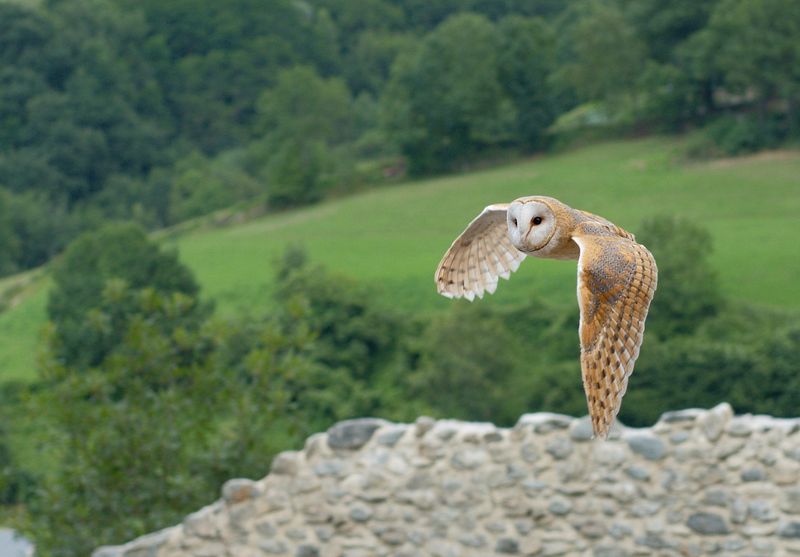
Barn owls are known for their silent flight, a trait that sets them apart from many other birds. Their feathers have a unique structure that reduces noise, allowing them to sneak up on prey without being detected.
This adaptation is crucial for hunting in the dark when even the slightest sound can alert potential prey. The edges of their wing feathers are serrated, breaking up turbulence and muffling sound.
This silence not only aids in hunting but also adds an eerie quality to their presence, making them ghostly figures in the night sky. Truly, their stealth is unmatched.
Heart-shaped Face
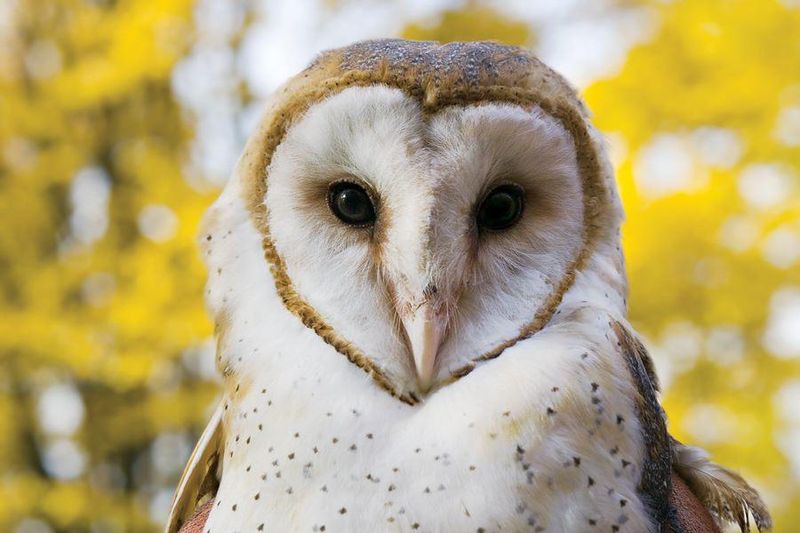
The heart-shaped face of a barn owl isn’t just for looks; it serves an essential purpose. This unique facial disc acts like a satellite dish, funneling sound to their ears.
With ears placed asymmetrically, barn owls can pinpoint the exact location of a sound source, even in complete darkness. This adaptation makes them exceptional hunters, able to catch prey with precision.
Their face, combined with their large, soulful eyes, gives them an appearance that’s both haunting and endearing. It’s a perfect blend of form and function that’s vital for their survival.
Global Presence
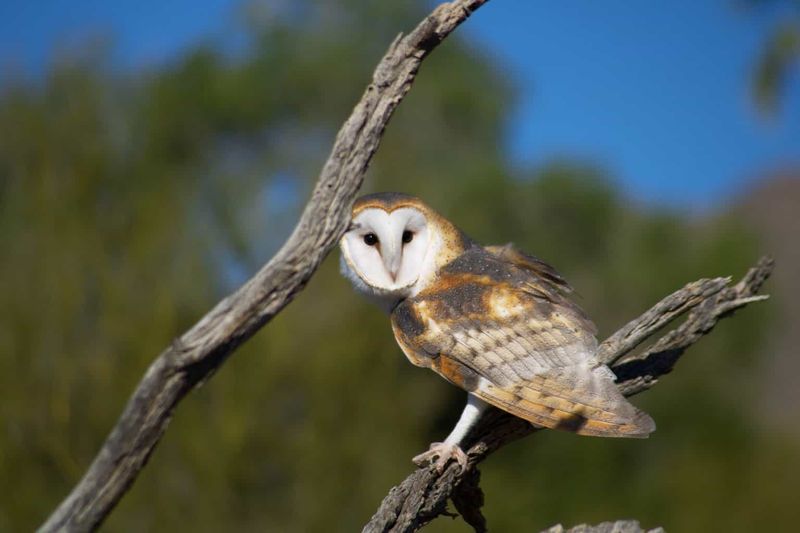
Barn owls are one of the most widespread birds of prey, found on every continent except Antarctica. Their adaptability to various environments, from deserts to forests, allows them to thrive in diverse habitats.
Despite their wide range, they remain elusive, often hiding in barns, ruins, and tree cavities during the day. This global presence speaks to their resilience and adaptability, as they’ve managed to coexist with humans in many regions.
Their ability to adjust to different climates and landscapes showcases their remarkable survival skills.
Unique Mating Dance
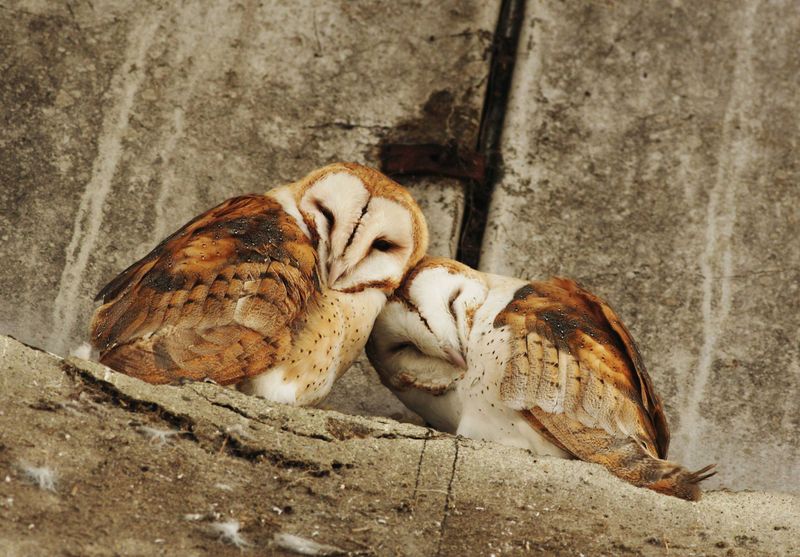
Barn owls engage in a fascinating mating ritual that involves aerial acrobatics and a unique dance. Males often showcase their flying prowess by performing intricate maneuvers, swooping and diving in front of potential mates.
This display is not just for show; it’s a demonstration of strength and agility. The female watches closely, assessing the male’s capability. If impressed, she joins in the dance, and the pair forms a bond.
This courtship is a vital part of their life cycle, ensuring that only the fittest and most skilled individuals pass on their genes.
Dietary Habits
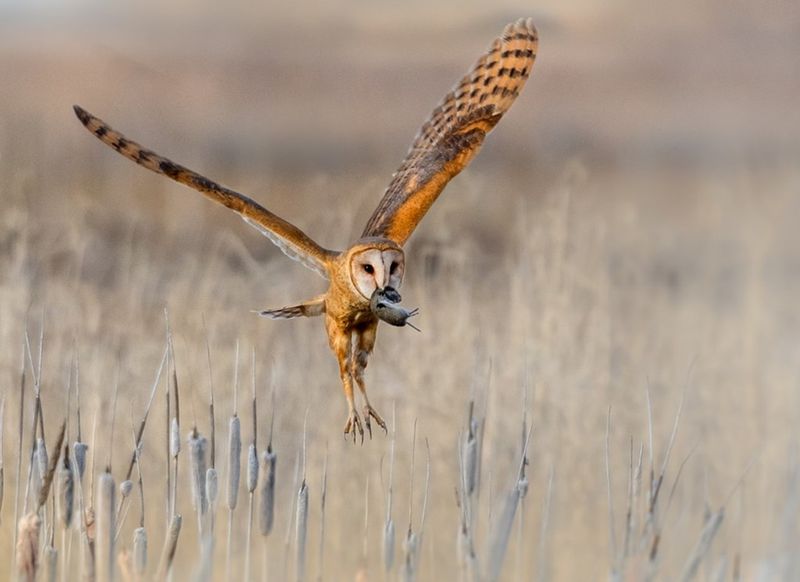
Barn owls have a diverse diet, primarily consisting of small mammals like mice, voles, and shrews. Their ability to hunt effectively at night is aided by their exceptional hearing and silent flight.
They can detect even the slightest rustle in the grass, allowing them to pinpoint prey with astonishing accuracy. Interestingly, barn owls swallow their prey whole and later regurgitate indigestible parts as pellets.
This feeding strategy is efficient and ensures they extract maximum nutrients from their meals. Their dietary habits play a crucial role in controlling rodent populations, benefiting ecosystems and farmers alike.
Night Vision
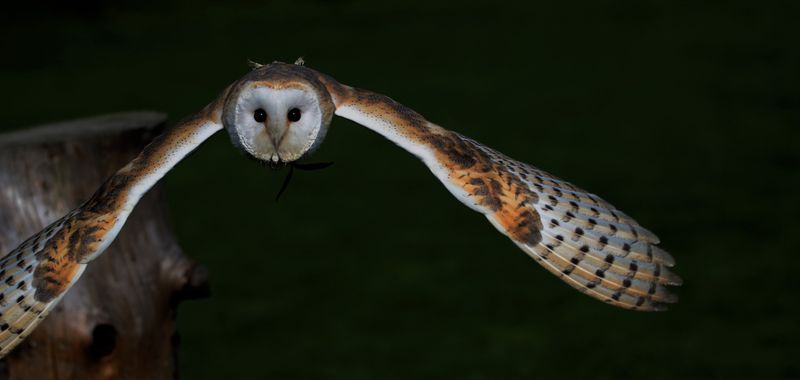
Barn owls possess remarkably sensitive night vision, enabling them to hunt effectively under the cover of darkness. Their large eyes gather more light, allowing them to see in low-light conditions where other predators may struggle.
This adaptation, along with their acute hearing, makes them formidable hunters at night. The reflective layer behind their retina, known as the tapetum lucidum, enhances their vision by reflecting light back through the retina, giving their eyes a characteristic glow.
Their night vision is so advanced that they can hunt in almost total darkness, relying on minimal starlight or moonlight.
Cultural Symbolism

Throughout history, barn owls have been symbols of wisdom, mystery, and even omens. In various cultures, they are seen as messengers between worlds, often linked to the supernatural.
Their eerie calls and ghostly appearance have inspired myths and legends, casting them as both wise guides and harbingers of change. In some traditions, they represent protection and insight, while in others, they evoke fear and caution.
This duality in symbolism reflects the complex relationship humans have with these enigmatic birds. They continue to inspire awe and intrigue in folklore and art.
Lifespan and Survival
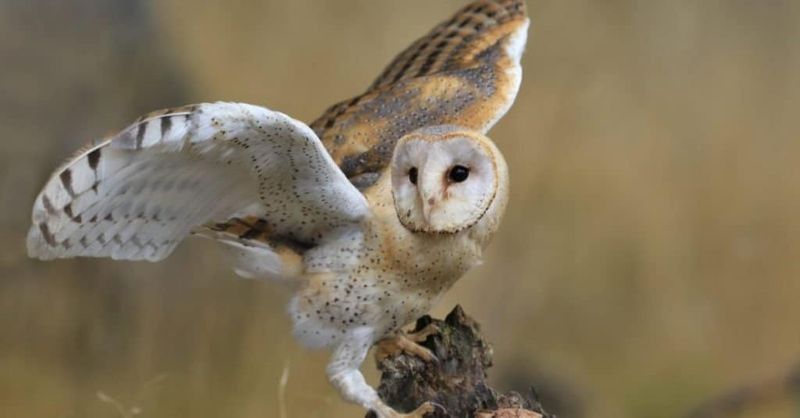
Barn owls have a relatively short lifespan in the wild, often living only two to four years. However, they are incredibly resilient, capable of surviving harsh conditions and adapting to environmental changes.
Their survival skills are honed from a young age, as they face threats from predators and habitat loss. Despite these challenges, barn owls continue to thrive in many areas, thanks to their adaptability and resourcefulness.
Conservation efforts have also played a role in supporting their populations, ensuring that these remarkable birds remain a vital part of our ecosystems.
Vocalizations
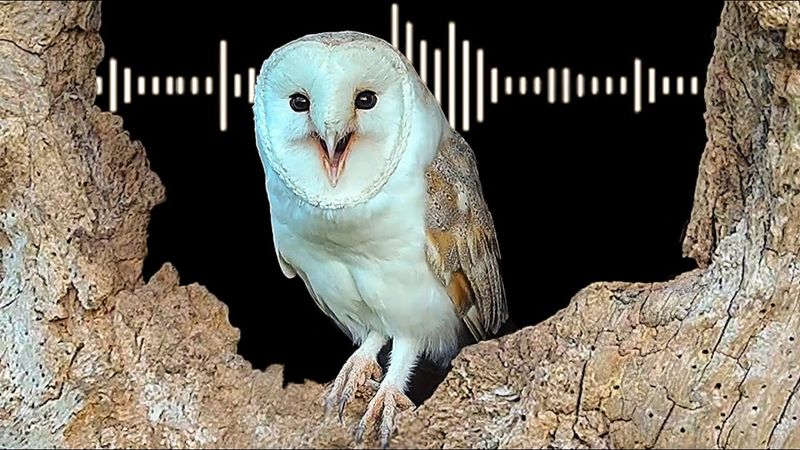
Unlike many other owls, barn owls don’t hoot. Instead, they produce a range of eerie sounds, including screeches, hisses, and clicks. Their calls are often heard at night, adding to their mysterious aura.
These vocalizations serve various purposes, from communicating with mates to warding off intruders. Each sound is distinct and can convey different messages, such as alarm or courtship.
The barn owl’s unique voice is an essential part of their identity, helping them maintain social bonds and defend their territory. Their vocal repertoire is as fascinating as it is haunting.
Pellet Production
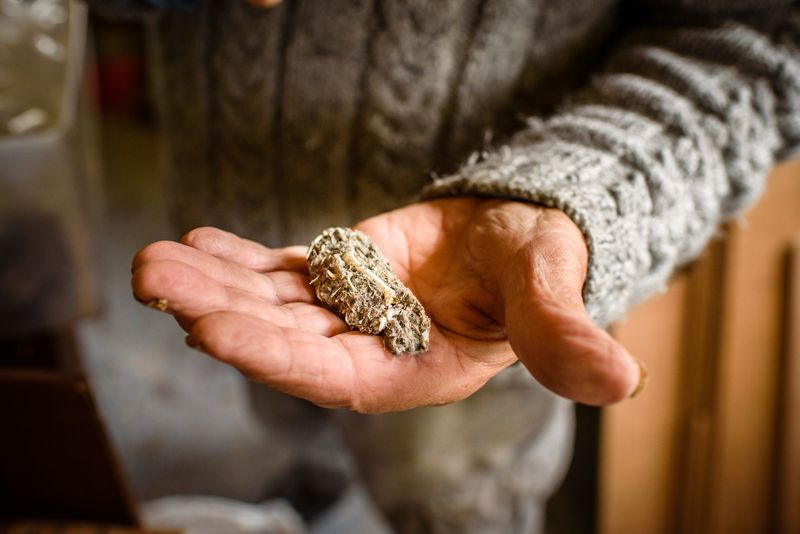
Barn owls are known for producing pellets, which are regurgitated masses of undigested material like bones, fur, and feathers. These pellets provide valuable insights into their diet and hunting behavior.
By examining pellets, scientists can learn about the prey species within a particular area and assess the health of barn owl populations. Pellet production is a natural part of their digestive process, allowing them to expel indigestible parts efficiently.
This fascinating aspect of their biology contributes to ecological research and education, offering a glimpse into the lives of these nocturnal predators.
Remarkable Agility

Barn owls are renowned for their agility in flight, capable of navigating through dense forests with ease. Their broad wings and lightweight body allow them to make sharp turns and swift maneuvers, crucial for hunting and evading predators.
This agility is not just limited to open spaces; they excel in confined environments as well. Their flight skills are a testament to their adaptability and mastery of the air.
Observing a barn owl in flight is a mesmerizing experience, as they glide effortlessly through the night, embodying grace and precision.
Conservation Status

Barn owls face various threats, including habitat loss, pesticide use, and climate change. Despite these challenges, they are currently listed as a species of least concern, thanks to successful conservation efforts.
Protecting their habitats and promoting sustainable farming practices have been crucial in supporting their populations. Conservation programs focus on creating nesting sites and raising awareness about their ecological importance.
Barn owls serve as indicators of environmental health, and their presence reflects the success of conservation initiatives. Continued efforts are needed to ensure their survival in an ever-changing world.
Distinctive Plumage
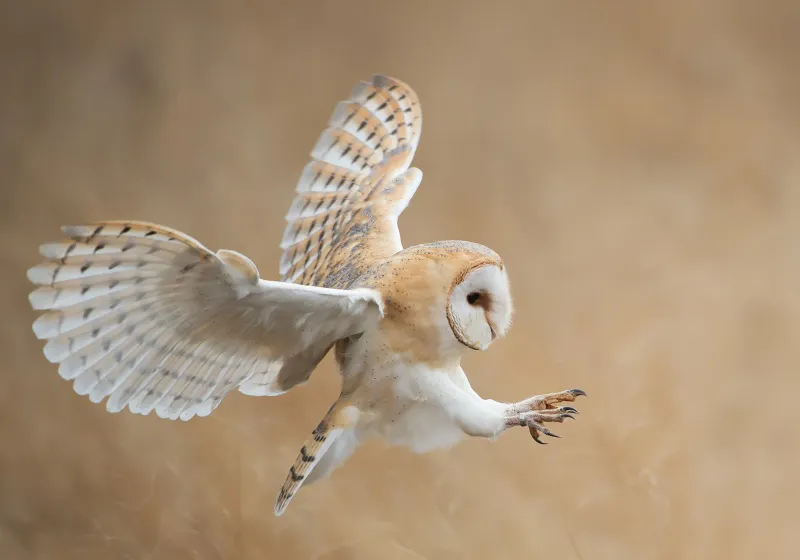
The plumage of a barn owl is not only beautiful but also highly functional. Their feathers are soft and velvety, aiding in silent flight by reducing noise. The coloration provides excellent camouflage, with mottled patterns that blend seamlessly into their surroundings.
This cryptic appearance helps them avoid detection by predators and prey alike. The barn owl’s plumage varies slightly among individuals, with subtle differences in hues and patterns.
This diversity adds to their allure, as each owl possesses a distinct appearance. Their feathers are a perfect blend of aesthetics and practicality, essential for their survival.
Breeding and Nesting
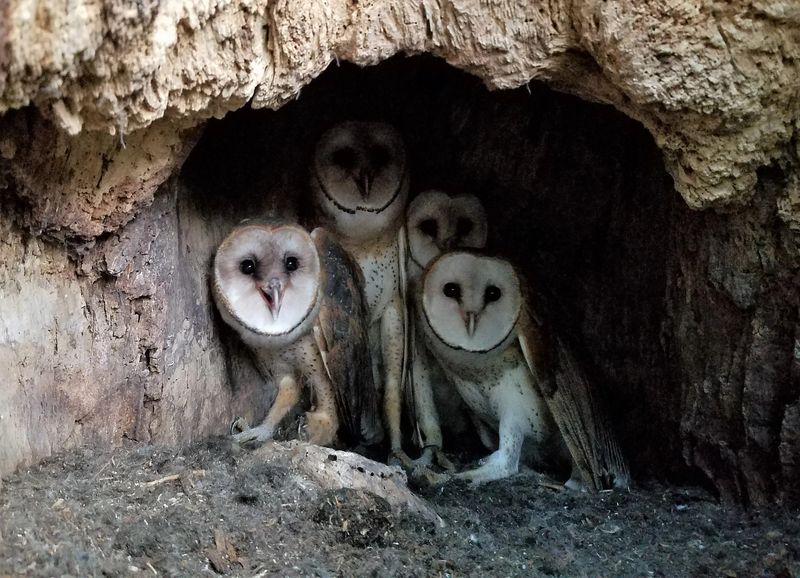
Barn owls are cavity nesters, often choosing to raise their young in barns, old buildings, or tree hollows. They have a strong fidelity to their nesting sites, often returning to the same location year after year.
During breeding season, the female lays a clutch of eggs and incubates them while the male hunts to provide food. The chicks grow rapidly, developing the skills needed for independence.
This nurturing environment ensures the survival of the next generation, as parental care plays a crucial role in their development. Barn owls’ nesting habits reflect their adaptability and resourcefulness.
Specialized Talons
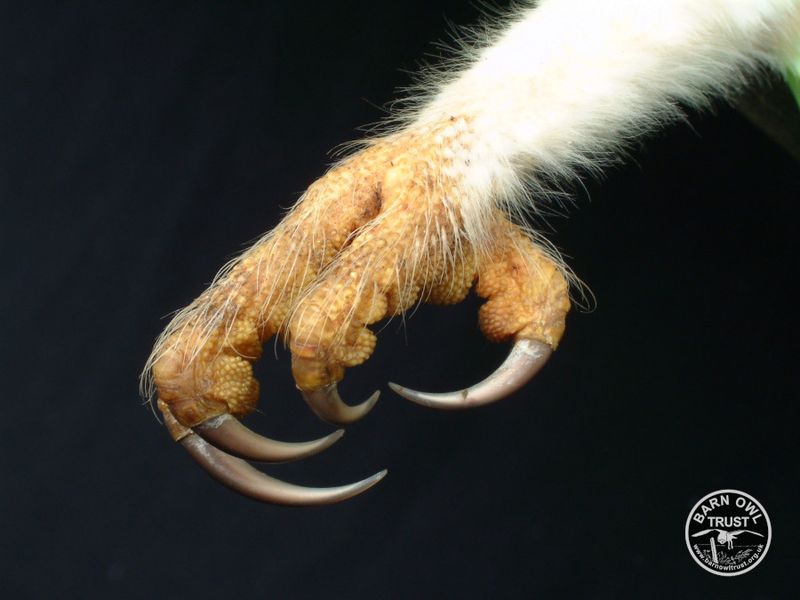
Barn owls possess specialized talons that are perfectly adapted for capturing and gripping prey. These sharp, curved claws allow them to securely hold onto small animals, preventing escape during flight.
The strength and precision of their talons are crucial for hunting, as they must quickly immobilize their prey. This adaptation is complemented by their powerful legs, providing the force needed to strike with accuracy.
Barn owls’ talons are a remarkable example of nature’s engineering, designed to enhance their predatory capabilities. Observing them in action reveals the intricate balance of power and finesse they possess.
Impact on Ecosystems
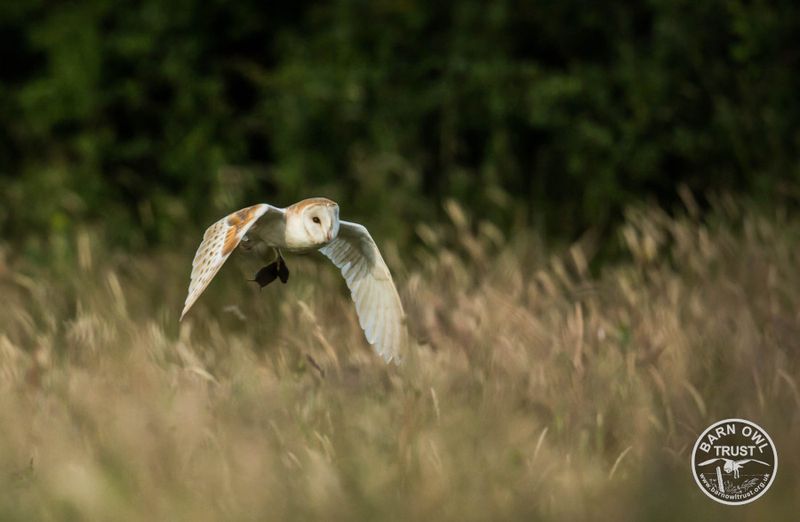
Barn owls play a vital role in ecosystems by controlling rodent populations, thus maintaining ecological balance. Their hunting efficiency helps keep the numbers of small mammals in check, preventing overpopulation and its associated problems.
This natural pest control benefits agriculture by reducing crop damage, making barn owls valuable allies to farmers. Their presence indicates a healthy environment, as they thrive in areas with abundant prey and suitable nesting sites.
The ecological impact of barn owls extends beyond their hunting prowess, as they contribute to the overall health and stability of their habitats.
Barn Owl’s Feather Camouflage
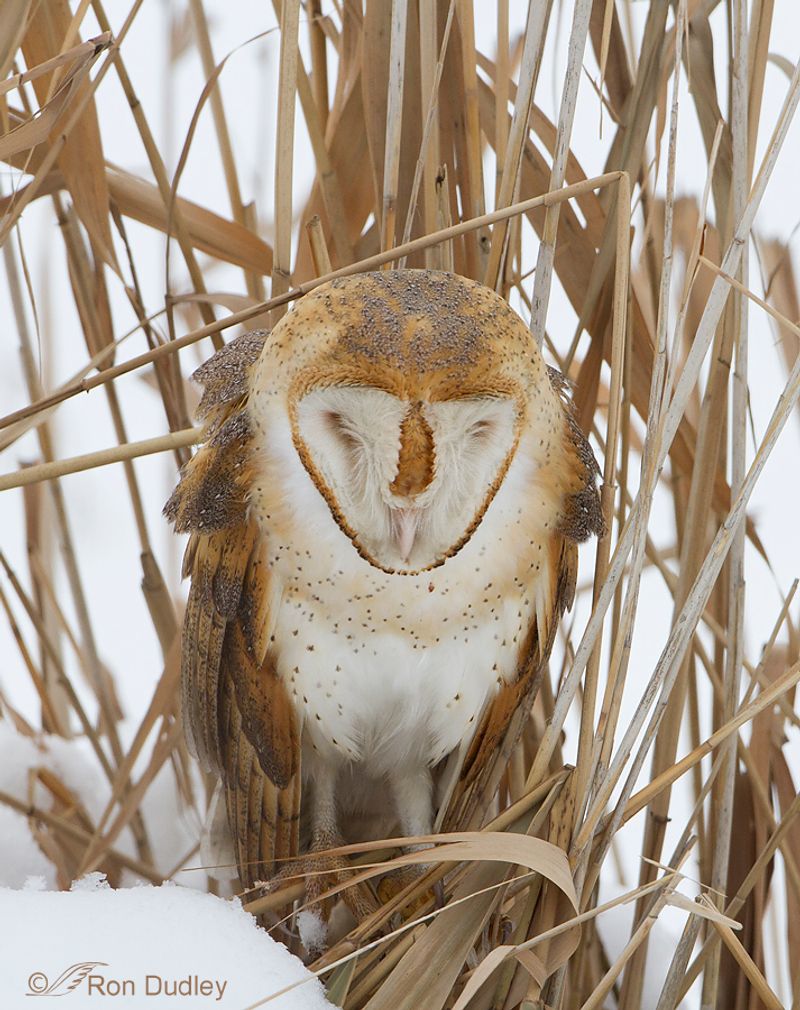
The barn owl’s plumage is not just for show; it serves as an excellent camouflage. Their feathers are mottled with earthy tones of brown, white, and gray, allowing them to blend seamlessly into their surroundings. This camouflage is crucial for both predator evasion and stealth hunting.
In daylight, barn owls roost in tree cavities or barn rafters, where their plumage mimics the texture and color of bark or wood. This makes them nearly invisible to potential predators. The camouflage also aids in surprise attacks on unsuspecting prey at night.
Such natural artistry in their feathers makes barn owls masters of disguise, an essential trait for survival in the wild.

